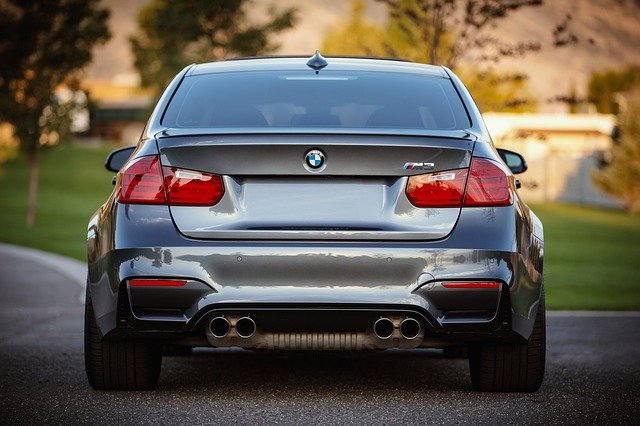6 Tips When Restoring a Classic Car

Restoring a classic car is akin to recapturing a piece of history, a homage to the bygone era of automotive excellence. It’s a venture fueled by passion, nostalgia, and the thrilling challenge of bringing an old beauty back to life. However, the road to restoration is fraught with pitfalls, requiring patience, precision, and a keen understanding of what lies ahead.
1. Essential Tools and Equipment for Classic Car Restoration
Before the rubber hits the road on your restoration project, ensuring you have the right tools in your garage is paramount. Basic hand tools like wrenches, screwdrivers, and pliers are just the beginning. Specialty tools, such as torque wrenches, engine hoists, and bodywork tools, will become invaluable as you progress. Investing in high-quality tools pays dividends in the long run, saving time and preventing damage to precious parts.
2. Planning Your Restoration Project
Every successful restoration begins with a thorough plan. Start by assessing the state of your classic car, noting areas that need immediate attention versus those that can wait. Set realistic goals and timelines, keeping in mind that some projects can take years to complete. Budgeting is also crucial—unexpected costs can quickly spiral, so it’s wise to set aside a contingency fund for surprises.
3. Avoiding Common Restoration Mistakes
One of the biggest blunders is rushing the process. Auto restoration demands patience; shortcuts can lead to subpar results or even necessitate redoing work. Another common pitfall is neglecting to document the project. Detailed records of dismantling processes, wiring connections, and part specifications can be lifesavers, especially during reassembly.
4. Sourcing Authentic Parts and Materials
The heart and soul of restoration lie in its authenticity. Tracking down original or period-correct parts can be a challenge, but it’s essential for maintaining the vehicle’s value and historical integrity. Online forums, classic car clubs, and specialized vendors are invaluable resources. When original parts are not available, reproducing or custom-making them might be your next best option.
5. Preserving the Authentic Look and Feel
While modern advancements in automotive technology offer tempting upgrades, maintaining the classic aesthetic is crucial for many restorers. Techniques like matching the original paint color and preserving interior details not only honor the car’s heritage but also enhance its appeal and value.
6. The Importance of Maintenance Post-Restoration
Once the restoration is complete, regular maintenance is key to preserving your classic car’s function and beauty. Routine checks, proper storage, and driving your car regularly (but carefully) can prevent rust, mechanical failures, and other issues. Remember, a classic car is a living machine that thrives on attention and use.
Bring Your Car Back to Life
Restoring a classic car is a deeply personal and rewarding endeavor. It’s a labor of love that combines history, artistry, and engineering, culminating in a rolling testament to automotive legacy. Whether you’re midway through a project or dreaming up your next big venture, remember that the challenges you face are stepping stones on the path to recreating something truly extraordinary.





